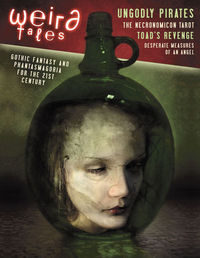Read to Write
Thursday, September 15th, 2011A recent article on Salon.com laments that more and more aspiring writers don’t read much.
Reading has always been viewed as an essential activity for writers, whether for priming the creative pump, checking out other authors’ technique, researching the field, or reading for fun. (Which of course is how all writers started out.)
Writers who don’t read can end up with huge knowledge gaps in any of the above, which often show through in their work. My favorite is the infamous case of an epic fantasy novelist who had only ever read one fantasy novel before writing his own (and a third-generation one at that: Terry Goodkind’s Sword of Truth). It was a classic case of the reader thinking (as the Salon article puts it) “If this guy can do it, so can I!” The (epically awful) results speak for themselves.
Alas, I’m as guilty of not-reading as anyone. I do read magazine subs for hours every day, which makes me think a bit about writing and technique, but that’s not the same. I blame it on not having much time, which is always a lame excuse, and on being very hard to impress.
But over the summer I started my reread of George R.R. Martin’s Ice and Fire books, in preparation for the new one. I’m enjoying them all over again, and I’m getting a lot of new insight. I’ve always admired his stuff, and I have kept current on his short fiction. Maybe it’s that I’m reading slower this time or I know more about writing than when they first came out, or I’m thinking more about novels lately, but I’m seeing lots of very cool story things and writing things.
So maybe this will get me back on the reading wagon. At least, until I finish all 5,500 pages of GRRM. :)





